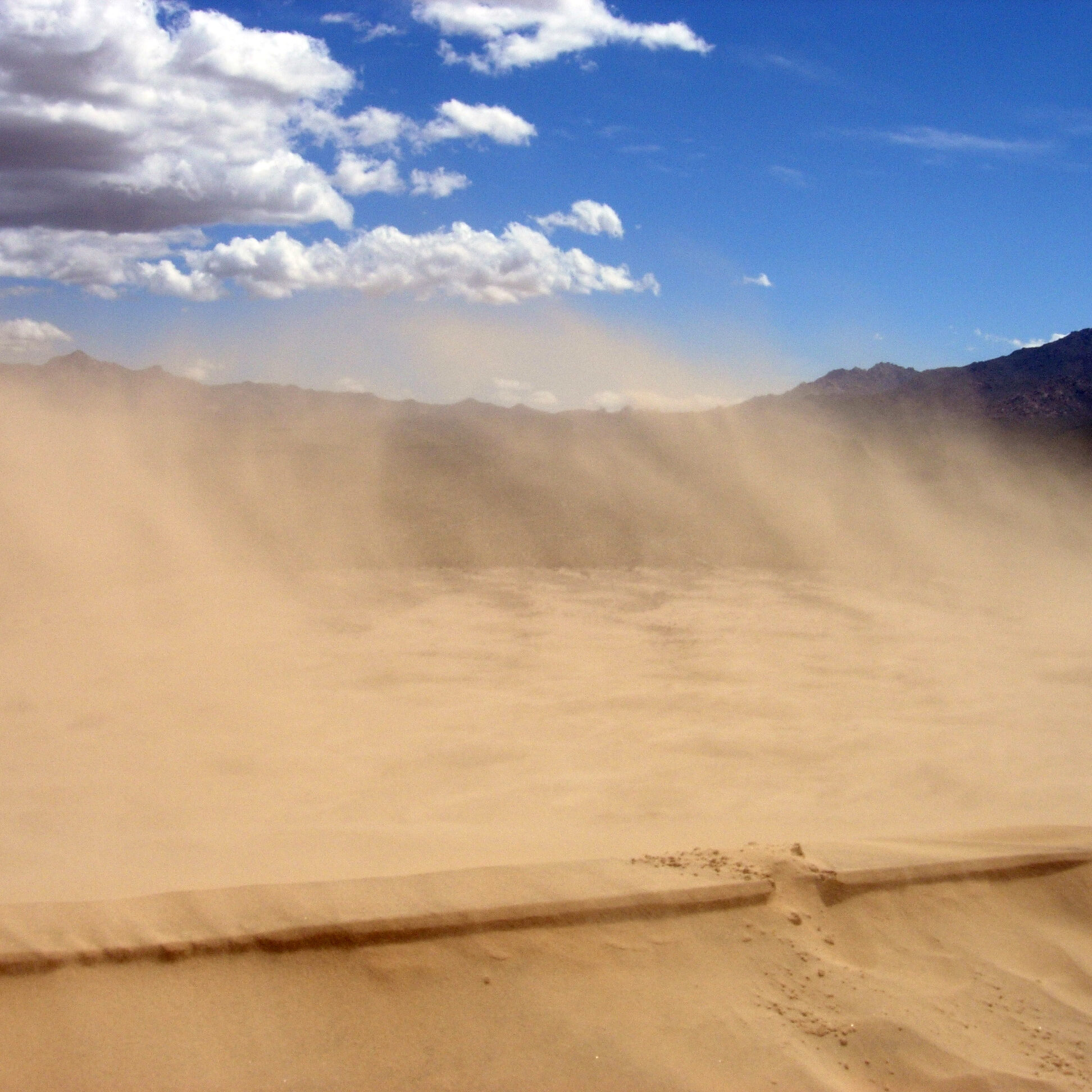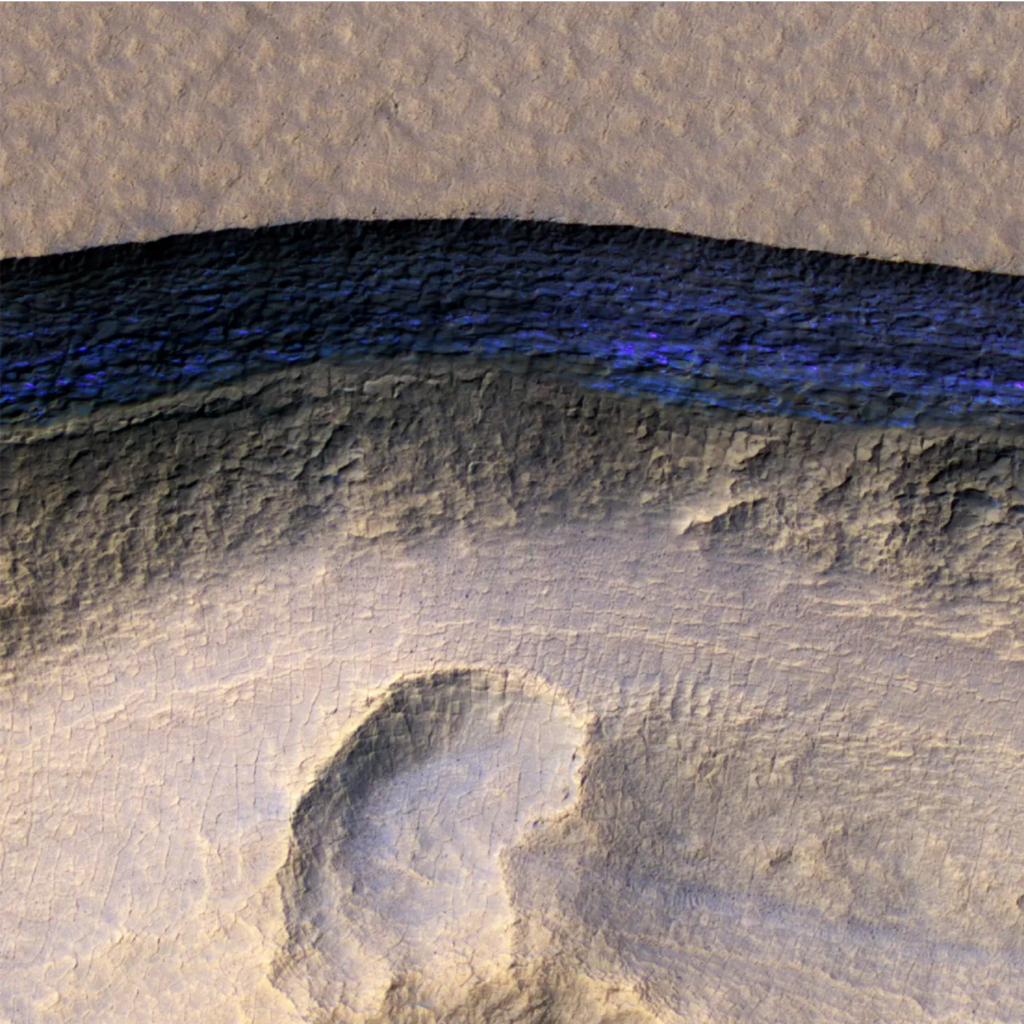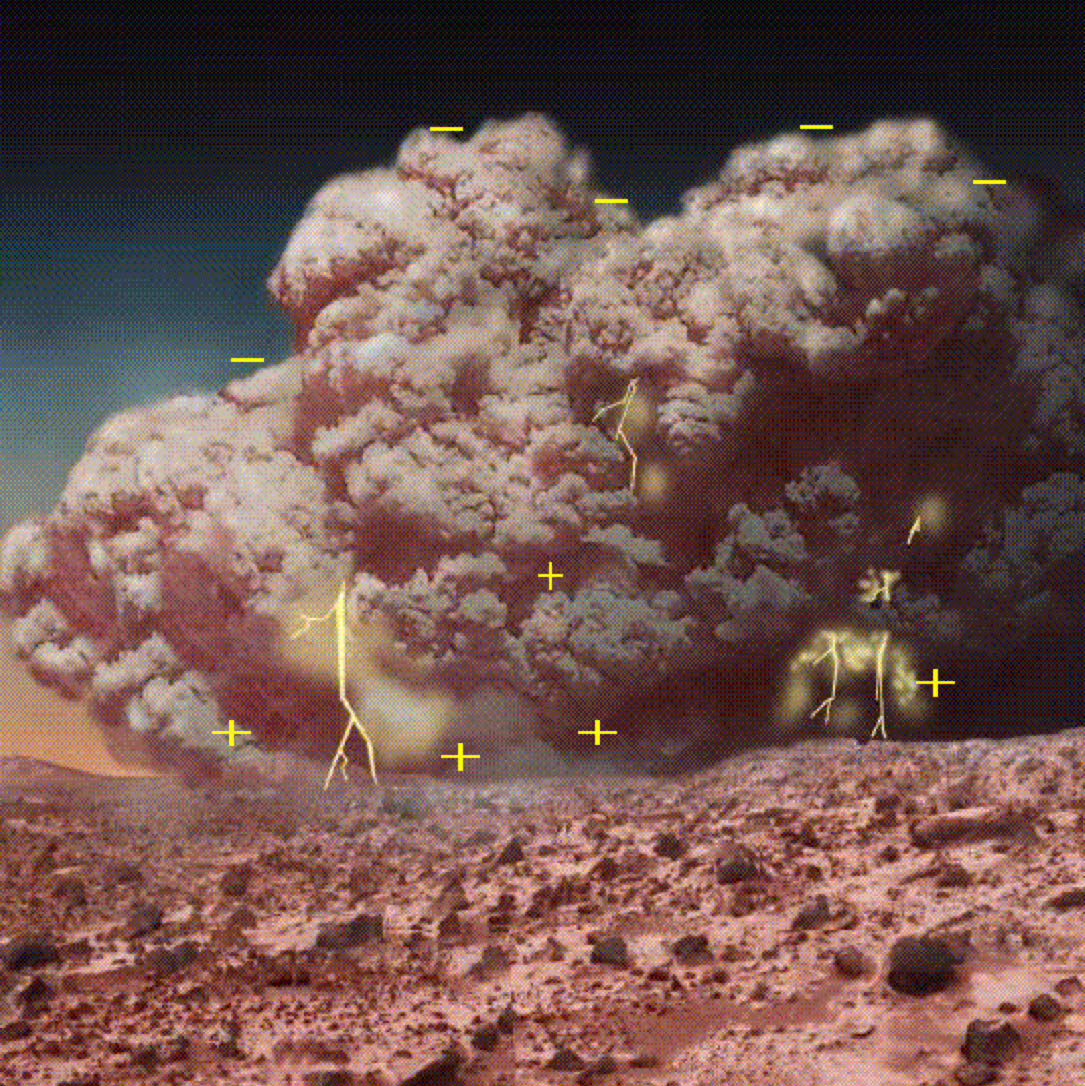
Planetary In Situ Surface-Atmosphere Interactions
#planetinsitu
Encouraging and developing a scientific and engineering community focused on the in situ exploration of planetary surface-atmosphere interactions.
Our goals
The interaction between the surface and atmosphere plays a critical role in current atmospheric, climate, and geological phenomena while also control the creation of the geological record that provides a time machine with which we can explore the history of a planetary body. This is true of all worlds with solid surfaces, whether terrestrial or icy. We are an informal, grass-roots community promoting the ongoing research into surface-atmospheric interactions. We have a specific focus on past, current, and future in situ observations of surface-atmosphere interactions. Our goals are:
- to improve our understanding of the physics, chemistry, and biology of surface-atmosphere interactions, using past and current observations;
- to identify, develop, and implement new in situ measurement technologies, including instrument and spacecraft technology;
- to promote the value of this research to NASA, with the hopes that we will see future missions focused on the in situ observations needed to investigate surface-atmosphere in situ science.

Aeolian Processes
Aeolian processes involve the movement of sand, dust, and any other granular material across a world’s surface and into its atmosphere. These processes can shape the morphology of a world’s surface and impact the climate.

Volatile Transport
Volatiles, such as water and carbon dioxide, can convert between solid, liquid, and gas under some planetary conditions. These substances move back and forth between a world’s surface and its atmosphere, impacting the near-surface environment and even its habitability.

Other processes
Near-surface processes interact with and bear upon many other atmospheric and surface processes at a variety of temporal and spatial scales. For example, regional dust storms on Mars super-charge the global loss of water from the atmosphere.